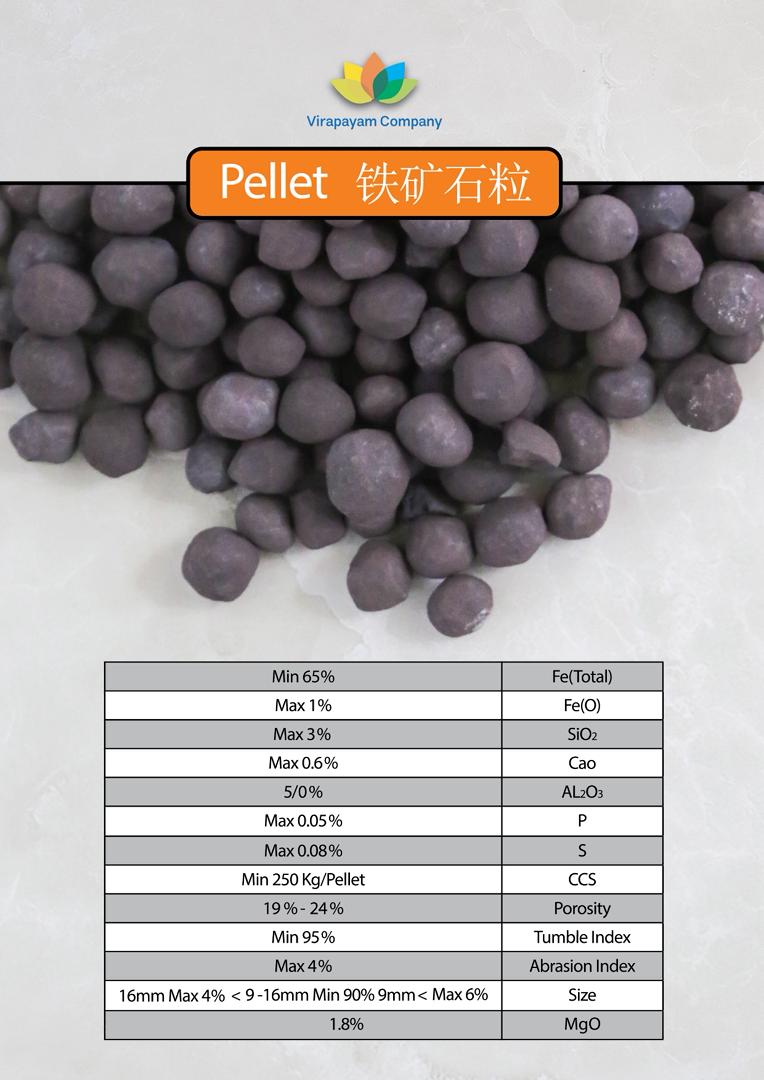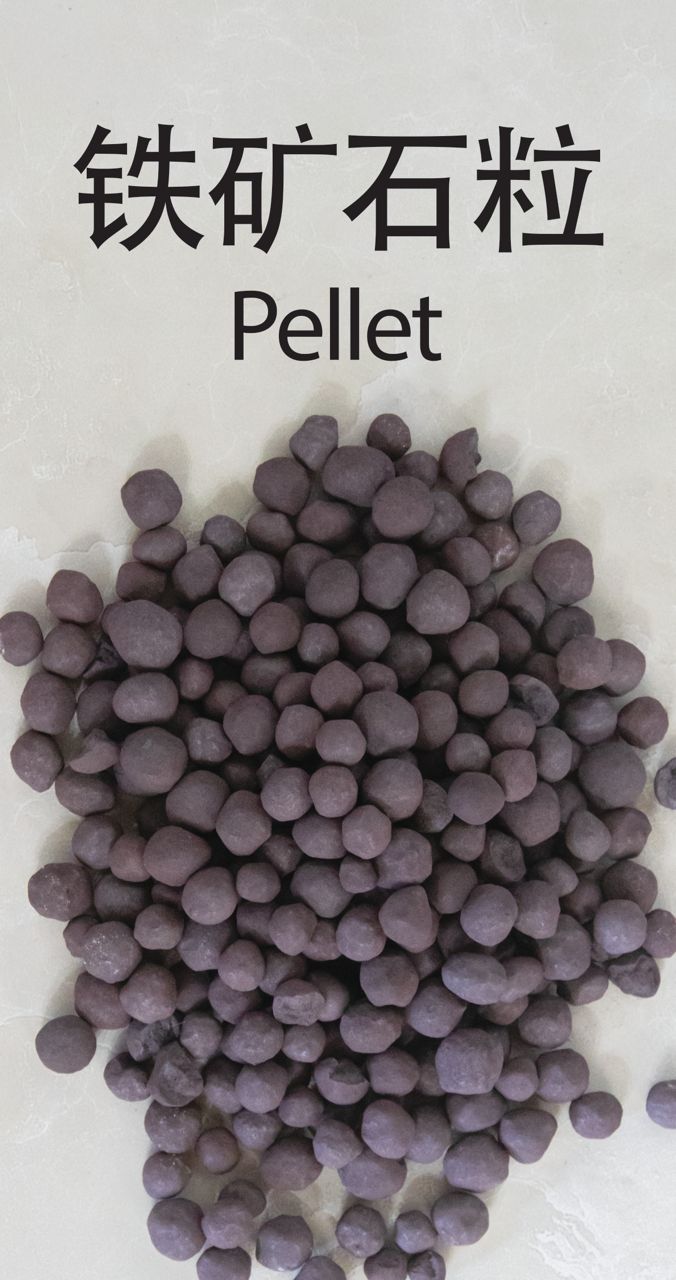
🌟 PELLET: The Tiny Mineral with a Big Geological Story! PELLET is a fascinating naturally occurring mineral with unique formation and properties. Though often overlooked, its distinctive structure and geological presence reveal important insights into sedimentary environments and mineral processes.
📌 Basic Identification
Name: Pellet
Chemical Formula: Variable (generally composed of fine-grained sedimentary particles cemented together)
Mineral Group: Sedimentary aggregates (often carbonate or siliceous compositions)
Crystal System: Amorphous to microcrystalline (no distinct crystal system)
Mohs Hardness: 2 – 4 (varies depending on composition)
Specific Gravity (Density): ~2.5 – 3.0 g/cm³ (varies)
Luster: Dull to earthy
Transparency: Opaque to translucent
Streak: White or light gray
Cleavage: Generally absent or poor
Fracture: Uneven to conchoidal
Color: Typically gray, brown, beige, or off-white
🌍 Geological Formation and Origin
Pellets commonly form in sedimentary environments, often found as compacted micro-aggregates of carbonate or siliceous material. They are typical components of certain limestones and shales and result from biological and chemical processes in ancient marine or lacustrine settings.
Associated minerals and materials often include:
- Calcite (CaCO₃)
- Quartz (SiO₂)
- Clay minerals
- Organic matter
Modes of Formation:
- Biogenic Origin: Many pellets are fecal or organic pellets produced by marine organisms, later cemented into sedimentary rock.
- Chemical Precipitation: Some pellets form by chemical precipitation in shallow marine environments.
- Compaction and Cementation: Over time, loose pellets are compacted and cemented into solid rock, often indicating low-energy depositional environments.
🌎 Global Occurrence and Deposits
Pellets are widespread globally, especially in sedimentary basins with abundant carbonate sedimentation. Key occurrences include:
- The carbonate platforms of the Middle East and Mediterranean regions
- Marine sedimentary formations in North America and Europe
- Lacustrine deposits in parts of Asia and Africa
Pellets typically appear as:
- Fine granular aggregates
- Compact nodules or small rounded grains
- Layers or beds within limestone or shale sequences
🔬 Mineralogical and Physical Characteristics
- Texture and Habit
Pellets are generally microgranular and rounded, lacking defined crystal faces. They may occur as discrete grains or form compact masses within sedimentary rocks. - Color and Clarity
Pellets range from light gray to brownish hues, often opaque, with a dull or earthy surface texture. - Transparency
Usually opaque, though some silica-rich pellets may show translucency under thin section. - Optical Properties
Under microscopy, pellets may reveal microcrystalline calcite or quartz, and their structure helps in interpreting depositional environments.
🧪 Chemical Properties and Stability
Pellets’ chemical composition depends on their origin—commonly carbonate (calcite/aragonite) or siliceous material. They are generally chemically stable in sedimentary environments but can dissolve under acidic conditions.
🧭 Environmental and Geological Significance
- Pellets serve as indicators of past sedimentary environments, especially low-energy marine or lacustrine settings.
- Their presence helps reconstruct paleoenvironmental conditions and sedimentary basin evolution.
- Pellets also provide clues about biological activity and sediment transport in ancient ecosystems.
🛑 Handling and Preservation
- Pellets, being generally soft and often fragile, should be handled carefully to avoid breakage.
- Samples should be stored in dry conditions to prevent chemical alteration.
- Avoid exposure to strong acids or mechanical abrasion.
✨ Pellet in Geological Context
Though often microscopic and subtle, pellets are vital clues in the sedimentologist’s toolkit, revealing stories of ancient seas and the organisms that inhabited them. Their humble appearance belies their immense scientific value.
✅ Summary
Pellets are fine-grained sedimentary aggregates formed through biological and chemical processes in marine and lacustrine environments. Their distinct physical and chemical characteristics, along with widespread occurrence, make them important markers in sedimentary geology. Understanding pellets deepens our insight into Earth’s past environments and the dynamic interplay of biology and geology.

